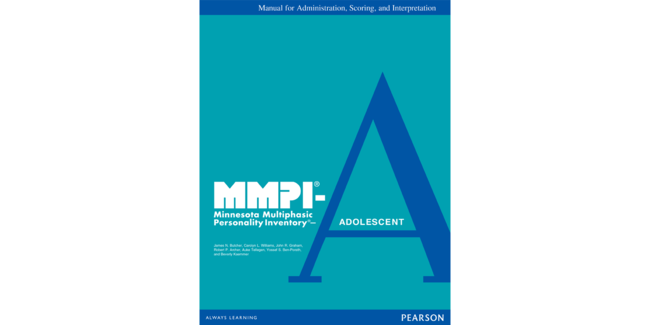An empirically based measure of adolescent psychopathology, the Minnesota Multiphasic Personality Inventory®-Adolescent (MMPI®-A) aids in problem identification, diagnosis, and treatment planning for youth. Guidance on using this test in your telepractice.
Minnesota Multiphasic Personality Inventory-Adolescent
MMPI-A
An empirically based measure of adolescent psychopathology, the Minnesota Multiphasic Personality Inventory®-Adolescent (MMPI®-A) aids in problem identification, diagnosis, and treatment planning for youth. Guidance on using this test in your telepractice.Choose from our formats
Training
Onsite, virtual & on-demand trainings
1 option
